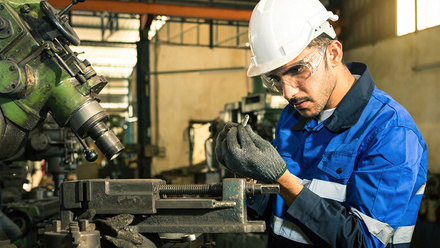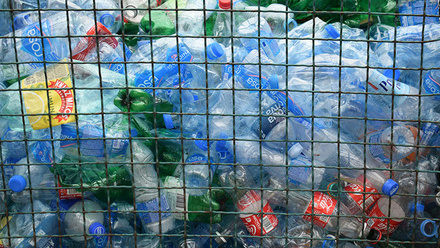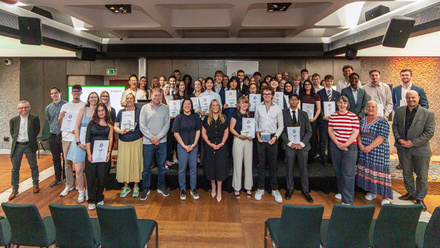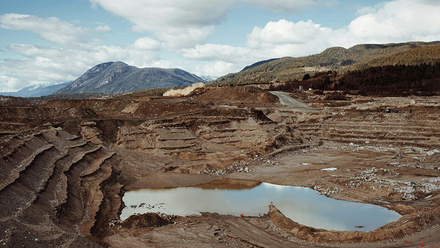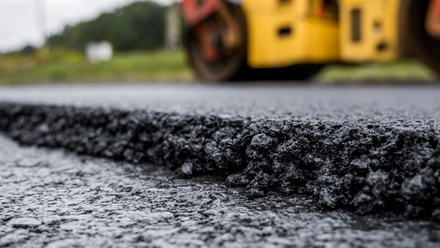Coal offers water desalination potential
Compressed blocks of pulverised coal could be the basis of sunlight-powered, off-grid, water purification, say scientists in Saudi Arabia.

Researchers at King Abdullah University of Science and Technology (KAUST) have used carbonised compressed powder (CCP). The microporous material is produced after lumps of coal are pulverised into a fine powder through a process of mechanical compression. The CCP is then formed into a 3D absorber or block device and placed on a thermal insulating layer that sits over a salt-water filled container.
After the researchers drill holes into the device, cotton fibres are fed through it and the thermal insulating layer is placed directly into the container, so they touch the salt-water reservoir. This is designed to assist the flow of water into and through the CCP.
As sunlight warms the CCP, water is drawn up through the cotton fibres and emerges from the thermally insulated platform into the CCP block.
The research, published in Advanced Sustainable Systems, reveals how the water diffuses inside the CCP through a complex network of micro-channels. ‘Capillary forces act on the liquid inside the CCP and transport the water from the bulk towards the upper surface and lateral walls, where broadband light absorption from the sun promotes the process of steam generation,’ the paper reads.
To capture the freshwater, the researchers place a condenser over the device. The cotton fibres collect most of the salt in the water, preventing it building up on the CCP surface.
‘We wanted a material that could easily distribute water in every direction without compromising solar absorption and started testing different treatments for coal until we found CCP,’ shares Marcella Bonifazi, who assisted the research as a Post-Doctorate at the University of Zürich. ‘CCP is abundant in nature and low cost, as well as lightweight, versatile and highly scalable from a fabrication point of view.’
Thermal insulation from the reservoir was one of the main challenges facing the team, notes Bonifazi. ‘We had to engineer a solution that allowed us to efficiently transport water from the supply basin to the CCP without any physical contact between them. That is why we introduced the cotton fibres as a primary wicking system, allowing us to keep the CCP thermally insulated but, at the same time, ensuring fast and efficient water transport.’
To test the device, Professor Andrea Fratalocchi, who led the research, undertook an outdoor experiment using a 34cm² large CCP prototype and placed it near the seashore at KAUST. Encompassing a 20cm² block made of CCP interconnected with 640 cotton fibres, each 20cm in length, the fibre extremities were immersed in seawater collected from the Red Sea.
The study shows that salinity decreases by 99.4% and is well within the range of values for fresh potable water. The amount of total dissolved salts also dramatically decreases. Using inductively coupled plasma mass spectroscopy, the scientists have confirmed the freshwater resulting from the CCP evaporator is potable.
The research team calculates that a 16m² CCP desalination system could produce enough water to meet the drinking, cooking and vegetable-watering needs of a typical family of four, offering a solution to communities that face economic water shortages.
Fratalocchi observes, ‘For every gigawatt of coal power that could be phased out by directing coal resources into an enhanced water economy, it would be possible to remove more than 1,000t of CO2 from the environment every hour. It could help favour solutions for fossils’ products that could attain the sustainable development goals of clean water, sanitation and climate action.’
Research partner, Dutch-based business PERA Complexity, has developed a commercial device based on the findings. It is piloting the product in Brazil for brackish water desalination.


